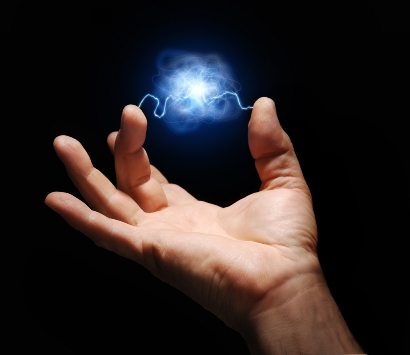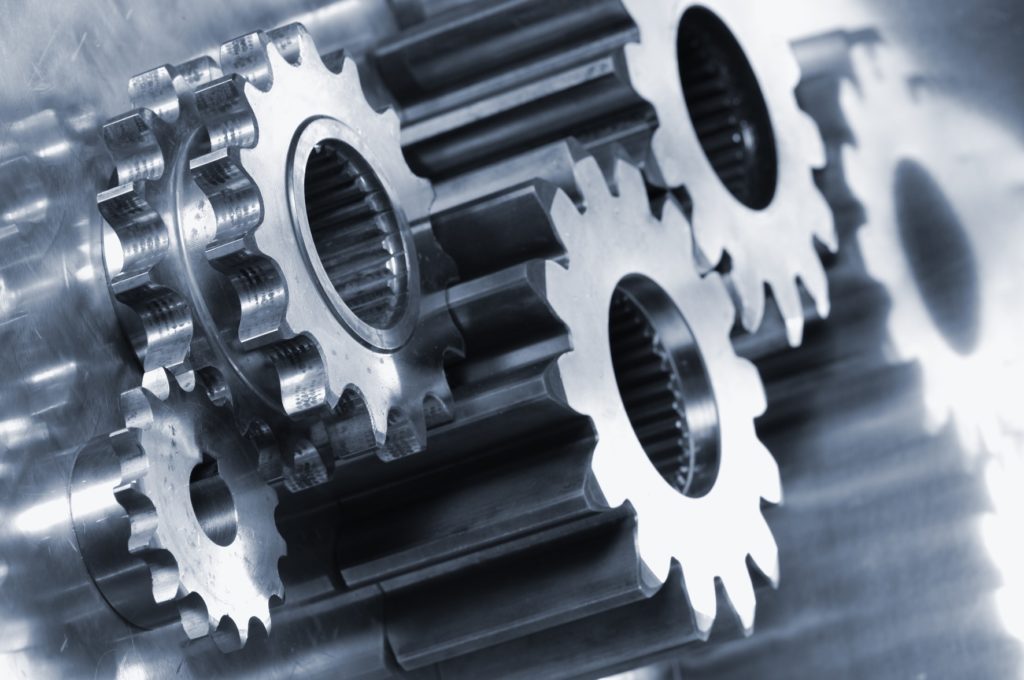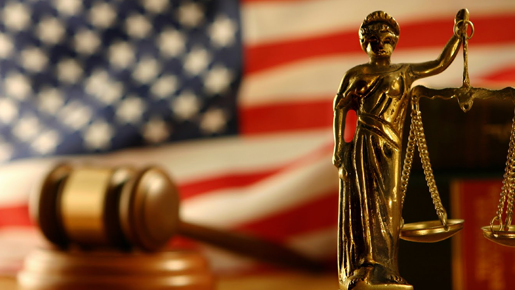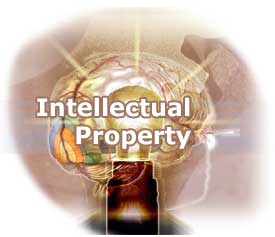What is a Patent?

A patent for an invention is the grant of a property right to the inventor, issued by the United States Patent and Trademark Office. Generally, the term of a new patent is 20 years from the date on which the application for the patent was filed in the United States or, in special cases, from the date an earlier related application was filed, subject to the payment of maintenance fees. U.S. patent grants are effective only within the United States, U.S. territories, and U.S. possessions. Under certain circumstances, patent term extensions or adjustments may be available.
The right conferred by the patent grant is, in the language of the statute and of the grant itself, “the right to exclude others from making, using, offering for sale, or selling” the invention in the United States or “importing” the invention into the United States. What is granted is not the right to make, use, offer for sale, sell or import, but the right to exclude others from making, using, offering for sale, selling or importing the invention. Once a patent is issued, the patentee must enforce the patent without aid of the USPTO.
There are three types of patents:
1) Utility patents may be granted to anyone who invents or discovers any new and useful process, machine, article of manufacture, or composition of matter, or any new and useful improvement thereof;
2) Design patents may be granted to anyone who invents a new, original, and ornamental design for an article of manufacture; and
3) Plant patents may be granted to anyone who invents or discovers and asexually reproduces any distinct and new variety of plant.
What Can You Patent?

US patent law specifies the general field of subject matter that can be patented and the conditions under which a patent may be obtained.
In the language of the statute, any person who “invents or discovers any new and useful process, machine, manufacture, or composition of matter, or any new and useful improvement thereof, may obtain a patent,” subject to the conditions and requirements of the law. The word “process” is defined by law as a process, act or method, and primarily includes industrial or technical processes. The term “machine” used in the statute needs no explanation. The term “manufacture” refers to articles that are made, and includes all manufactured articles. The term “composition of matter” relates to chemical compositions and may include mixtures of ingredients as well as new chemical compounds. These classes of subject matter taken together include practically everything that is made by man and the processes for making the products.
The Atomic Energy Act of 1954 excludes the patenting of inventions useful solely in the utilization of special nuclear material or atomic energy in an atomic weapon. See 42 U.S.C. 2181(a).
US patent law specifies that the subject matter must be “useful.” The term “useful” in this connection refers to the condition that the subject matter has a useful purpose and also includes operativeness, that is, a machine which will not operate to perform the intended purpose would not be called useful, and therefore would not be granted a patent.
Interpretations of the statute by the courts have defined the limits of the field of subject matter that can be patented, thus it has been held that the laws of nature, physical phenomena, and abstract ideas are not patentable subject matter.
A patent cannot be obtained upon a mere idea or suggestion. The patent is granted upon the new machine, manufacture, etc., as has been said, and not upon the idea or suggestion of the new machine. A complete description of the actual machine or other subject matter for which a patent is sought is required.
The Process of Obtaining a Patent

The following information describes the process for obtaining a typical utility patent. This information is in no means intended to be an all encompassing description of what will happen during the process of obtaining a patent. This information is only intended to be representative of what may happen during the process of obtaining a typical patent. Each case varies depending upon the complexity of the technology, the quality and quantity of the information which you provide to me, the particular Examiner in charge of the application and other variable factors. Service fees and costs associated with each stage of the process are mutually exclusive and billed separately from each other.
- Invention Disclosure:
The first step in pursuing patent protection for your invention is to provide me with a disclosure of your invention. This disclosure is an attorney-client privileged communication and will only be disclosed to agents or employees of this law firm.
- Patentability Search:
After obtaining a disclosure of your invention, a search request will be sent to a searcher in Washington, D.C., who will typically conduct a computerized and a manual search in the records of the U.S. Patent Office. The particular searcher who conducts the search is selected based upon the type and complexity of the technology involved. Copies of all relevant patents found by the searcher will be forwarded to me for my review and analysis. I will then provide you with a written opinion of patentability explaining the patentable portions of your idea (if any), along with copies of all of the patents.
- Preliminary Non-Infringement Analysis:
If you are anticipating manufacturing or selling product corresponding to your invention, it is suggested that any unexpired patents developed by the patentability search also be reviewed for potential infringement problems associated with patents owned by third parties. However, not all patentability opinions include a preliminary non-infringement analysis, depending upon the particular wishes of the client. A preliminary claims analysis includes a review of the independent claims in each unexpired patent. Limitations in the independent claims which are not present in your invention (as understood by me and described in the opinion letter) will be set forth in the opinion letter if a claims analysis is provided. You should review these limitations set forth in the opinion letter to make sure that these limitations are in fact not present in your design. A preliminary claims analysis is not a substitute for a full, written opinion in the event that infringement issues do exist with regard to a particular patent discovered by the search. A full written opinion is necessary in the event that litigation would arise to avoid a charge of willful patent infringement. A finding of willful patent infringement may result in three times the normal damages being awarded to the patent owner, as well as attorney fees.
- Patent Application:
If the results of the patentability search determine that your invention is patentable in light of the discovered references, and you wish to proceed in pursuing patent protection, a patent application will be prepared based upon your invention disclosure to me. Additional information in the form of drawings, test data, etc., may also be required depending upon the particular invention. A patent draftsman familiar with the rules pertaining to patent drawings will prepare the drawings to be submitted along with the patent application. You will receive a draft of the patent application for your review and approval. The patent application will then be finalized incorporating any changes which you deem necessary, and formal documents to be signed by each inventor will be prepared. The finalized application and formal documents will be forwarded to you for review and execution. Upon receipt of the signed and dated formal papers and finalized application, the patent application will be filed along with other required formal documents in the U.S. Patent Office. We file everything with the patent office electronically, your invention will be “Patent Pending” when we receive electronic confirmation from the patent office.
- Prosecution:
Patent applications are examined by the U.S. Patent Office in the order in which they are received, except for a few special circumstances (e.g., a showing of patent infringement). Several months after your application is filed in the U.S. Patent Office, typically ten to fourteen months, your application will be examined by an Examiner and we will receive a communication regarding your patent application. Almost always, a patent application will be initially rejected based upon either informalities and/or patents developed by our search or a separate search conducted by the Examiner. Rejections based upon informalities vary from one examining group to another, and are quite common. Rejections based upon patents or other “prior art” may require that the scope of your patent be limited to some extent. You will receive a copy of the Office Action and any additional patents discovered by the Examiner which we receive. A response will be filed which addresses each of the rejections set forth by the Examiner, and amends or cancels selected claims, if necessary.
After filing the response to the first Office Action, the Examiner will again examine your application in light of the arguments set forth in the response. The Examiner will then either allow the application to issue as a patent, or file a final rejection against your application. If we receive a final rejection, your choices at that point are basically three-fold: you can either file a continuation application along with an additional amendment which further amends the claims; appeal the case to the Board of Patent Appeals and Interferences; or abandon the application.
- Payment of Issue Fee:
After your application has been allowed by the Examiner, it will be necessary to pay a government issue fee for your application to actually issue as a U.S. patent. Most likely, formal, inked drawings will also be prepared and filed along with the issue fee.
- Issuance of Patent:
A patent typically issues about two to three months after payment of the issue fee. A utility patent has a term of 20 years from the first effective filing date of the application. In the event of a continuation application, the term is thus 20 years from the filing date of the first application filed in the U.S. Patent Office.
- Maintenance Fees:
After a utility patent has issued, the government requires payment of maintenance fees during the third, seventh and eleventh years of the patent. The amount of the maintenance fees escalate each time.



